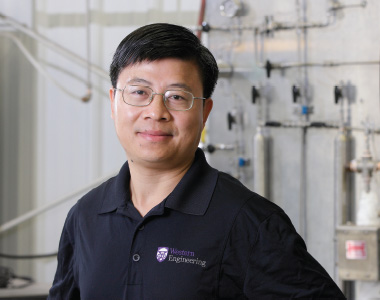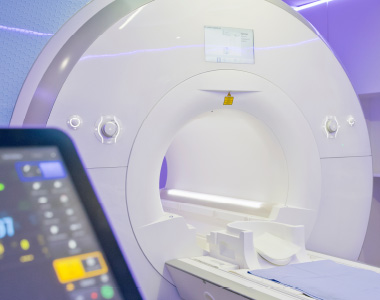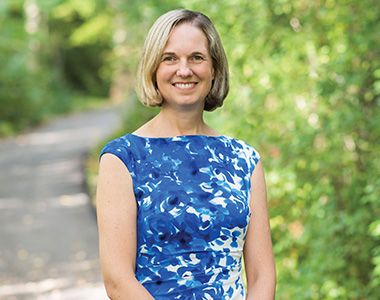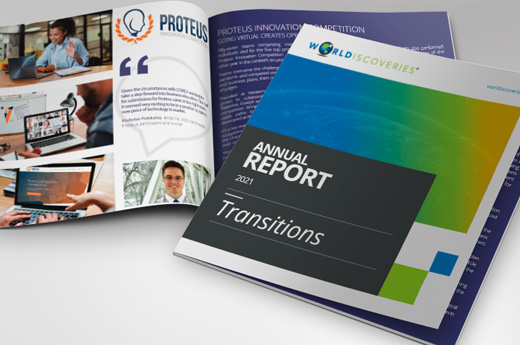Sludge management is one of the most difficult and challenging tasks of wastewater treatment plants due to high water content and increasingly strict regulations for sludge reuse and disposal. A possible solution is to transform this sludge into bio-oil or biogas using hydrothermal liquefaction (HTL) creating a renewable energy source. HTL is a thermo-chemical process where raw sludge of a high water content can be heat treated directly in the absence of oxygen at specific temperatures and pressure. Depending on adjustments, the process will yield biogas, bio-oil or bio-char at different stages.
Like natural gas or propane, biogas can be compressed to power motor vehicles or construction equipment and can even be used as a heat source fuel. Bio-oil can be further refined to become a fuel source and bio-char can be used to enrich soil. With climate change and the transition away from fossil fuels, solutions like these will see increased interest and demand.
A team of researchers led by Charles Xu, a Chemical Engineering Professor and Director of the Industrial Bioproduct Laboratory at Western University, have developed a functional continuous system for the hydrothermal liquefaction of combined wastewater sludge and other organic biomass to yield bio-oil, biogas or both simultaneously. It can treat the combined sludge and the lignocellulose of waste biomass all at once. The efficiency of this process is improved further by the addition of inexpensive catalysts. The result is a low carbon footprint and an environmentally friendly process that yields higher amounts of biogas and bio-oil than current processes.
The technology holds patents in Canada, the United States and China. It was recently licensed to a Chinese research institution that will explores its use to produce biogas and bio-oil on a commercial scale.
Read more



